Headphones are so much more than an accessory now. It is an extension of one’s personality. From a luxury to a necessity, one cannot deny the need to have at least one pair of headphones today. Headphones have a special place in every music lover's life too.
It's easy to assume headphones aren’t as important an investment as a new amp or a pair of speakers. But when it comes to picking the right pair of headphones, scrolling through a few deals and reading a couple of reviews just won't cut it.
Even if you're on a tight budget, it's best to arm yourself with some expert knowledge rather than leave it to chance. Whether you're spending peanuts or a small fortune, this enlightening step-by-step guide should help you get the most for your money. Here's how we go about buying new earbuds, on-ears or full-blown cans.
Looking to buy one? Understanding the various types available is a good way to start. Don’t worry, this isn’t a lecture. We assure you that we’ll yawn before you do, if this gets boring. Let’s begin, shall we? Alright, get your books out and start taking notes, pronto!
Headphones, in general, are broadly classified into two groups: Earphones and Headphones.
People love choices and headphones offer a myriad of them. Fit, design, driver-type - there are a host of options to choose from. But it all comes down to which pair of headphones you are comfortable with. Comfort, looks, portability, output, usability and of course cost are a few factors that will help you zero in on your next pair. Let’s look at a few types shall we?
Earphones or In-ears
As the name suggests, these earphones go slightly into the ear and sit with a plush fit. In-ears evolved from something known as ear buds. These earbuds were circular in shape and sat outside the ear canal rather than going into it. Apple’s traditional earbuds or the upcoming Apple AirPods still feature some remnants of this design.
 |
 |
Light, portable with a small driver housed in a tiny enclosure, in-ears can churn out some size-defying output. Chic looks with a design to block out most of the external noise, in-ears tend to be popular with people on the move. We’re talking about folks who want their music with them when they’re commuting, or working out in the gym or even when they are swimming (the type of headphones and people indeed do exist). The KZ ZSN Pro X is a classic example of a popular wired earphone.

Let’s get a little geeky shall we? In-ears broadly consist of three parts, namely the cable, driver and tip. Most earphones have soft silicon tips to provide a universal fit. A majority of earphone drivers usually range between 8mm to 15mm in size. Ideally, larger the driver better the lows (bass), stronger the mids, and better the reproduction of highs (treble) as well.
In-ears used to be considered inferior to the other designs due to their size, in the audiophile bragging-rights department. But with constant advancements in technology, some in-ears can now outperform most over-ear or on-ear headphones. Exhibit A: The 7Hz Timeless or the Audeze Euclid: It fascinates me to date as to how they’ve managed to pack a full-blown Planar Magnetic driver into an in-ear form factor that looks chic while sounding as good as full-blown Planar cans.
Headphones

The name says it all - ‘Phones for your head!’ Alright, that was a little bit of a stretch but you get the gist. Headphones are comparatively larger (duh) than earphones and use support of the head to rest comfortably on the ears. Based on design, they are of two kinds: On-Ears (Supra-aural) and Over-Ears (Circum-aural).
On-Ears
On-ears weigh lighter than over-ears. Their size is drastically larger than earphones giving them the benefit of fitting in larger drivers. This results in better audio reproduction giving a huge range for the various audio frequencies to play out nicely. On-ears are called so because here the earcups ‘sit’ on the ear.
Usually, on-ears feature a headband that rests on the top of your head. Some on-ears feature neckbands or clip-ons for the ear cups to sit on the ears comfortably. Portable, good audio performance and lightweight on-ears are a perfect balance between in-ears and headphones. Some on-ears are collapsible or have a folding mechanism for better portability.
 |
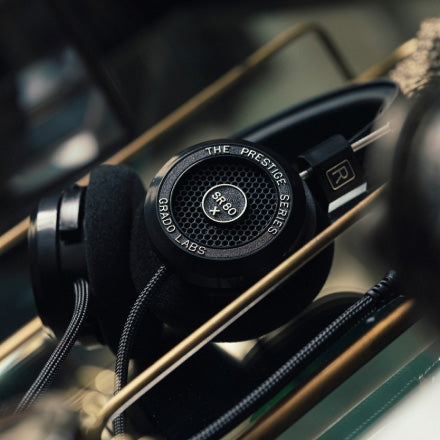 |
As far as cutting out external noise, on-ears aren’t the best, courtesy of the unique way in which they fit. Regardless, they more than make up with the output.
The Grado SR80X is a good example of on-ears that fold flat for added portability. Another example would be the Sony WH XB700 that houses some amazing tech for some exemplary performance. Similar to in-ears, over-ears come in a variety of design colours - the works. With a huge range of designs to choose from, on-ears enjoy a fair bit of popularity. Given the pocket friendly price range, this is a very good way to ‘get on’ with one’s music. Party for one? Yes please.
Over-ears
Simply put - over ears are headphones that sit ‘over the ears’. The ear cup design comfortably covers the ears and this also aids in drastically reducing disturbances from external noise. Also known as overheads, they have huge drivers that typically range from 25mm to 50mm. This results in excellent reproduction of audio. Hence, they can be tuned to a great detail to achieve a desired output. For example one can tune the bass or balance of a V-MODA Crossfade 2 Wireless to match their preference.
There are a variety of output-based cans (yep, that’s indeed a cool slang for headphones in general, but not in-ears) that cater to everyone from bassheads to professional music producers that prefer flat frequencies for monitoring purposes and everyone in between. Most professionals, musicians and audiophiles prefer using over-ear headphones for their audio output and comfort. Due to their size and well-padded earcups, over-ears can be quite comfortable, especially suited for those long listening sessions. Beyerdynamic DT 770 Pro and Audio Technica ATH M50x are some of the best examples of reference headphones that money can buy.
 |
 |
Due to their size, over-ears can accommodate various types of driver technologies. Dynamic drivers, electrostatic, planar magnetic headphones are a few types of driver tech that can be easily incorporated here. The Audeze LCD-5 with planar magnetic drivers is a remarkable example of advancement in audio technology. As far as earcup designs are concerned, over-ears are of two types: open backs and closed backs. Most over-ears one sees around are closed backs. The main idea behind this design is to avoid leakage of the audio produced by the driver in the earcup. This does tend to affect the overall output. Hence, as you might have guessed it, open backs allow audio to leave the earcups in a calculated manner to offer a more natural output. HiFiMAN Edition XS or the Sennheiser HD 800 are good examples of open-back headphones.
Now that you know the types of headphones, it would help to know that headphones come with a host of features that increase their usability. Things like an in-line mic to take calls on your phone, volume controls, wireless options in Bluetooth - the list is endless. Just remember that everyone’s preferences are different. Some might prefer in-ears over over-ears, and that’s completely fine. Take your time in deciding which pair of headphones or earphones are best suited for your unique requirements.
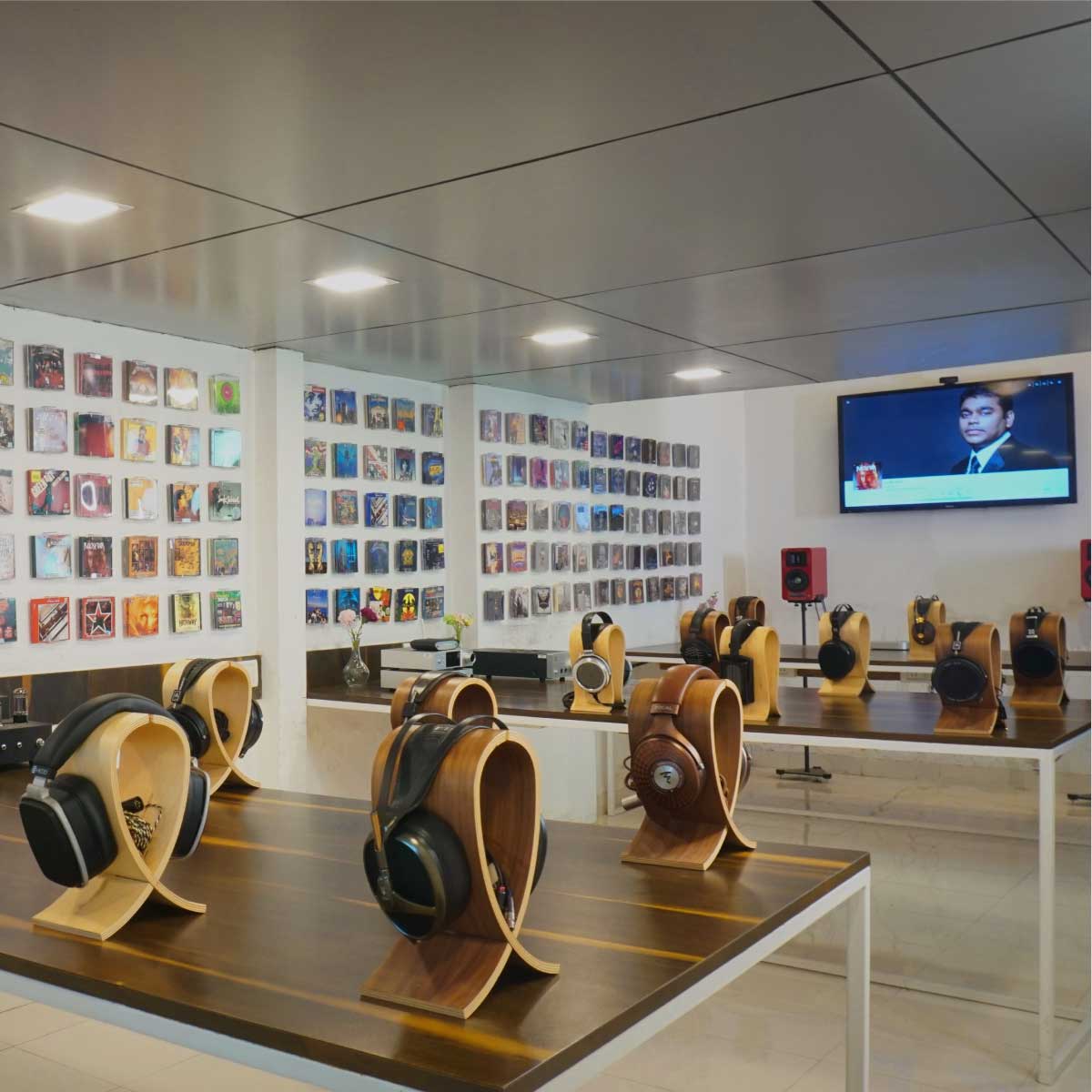
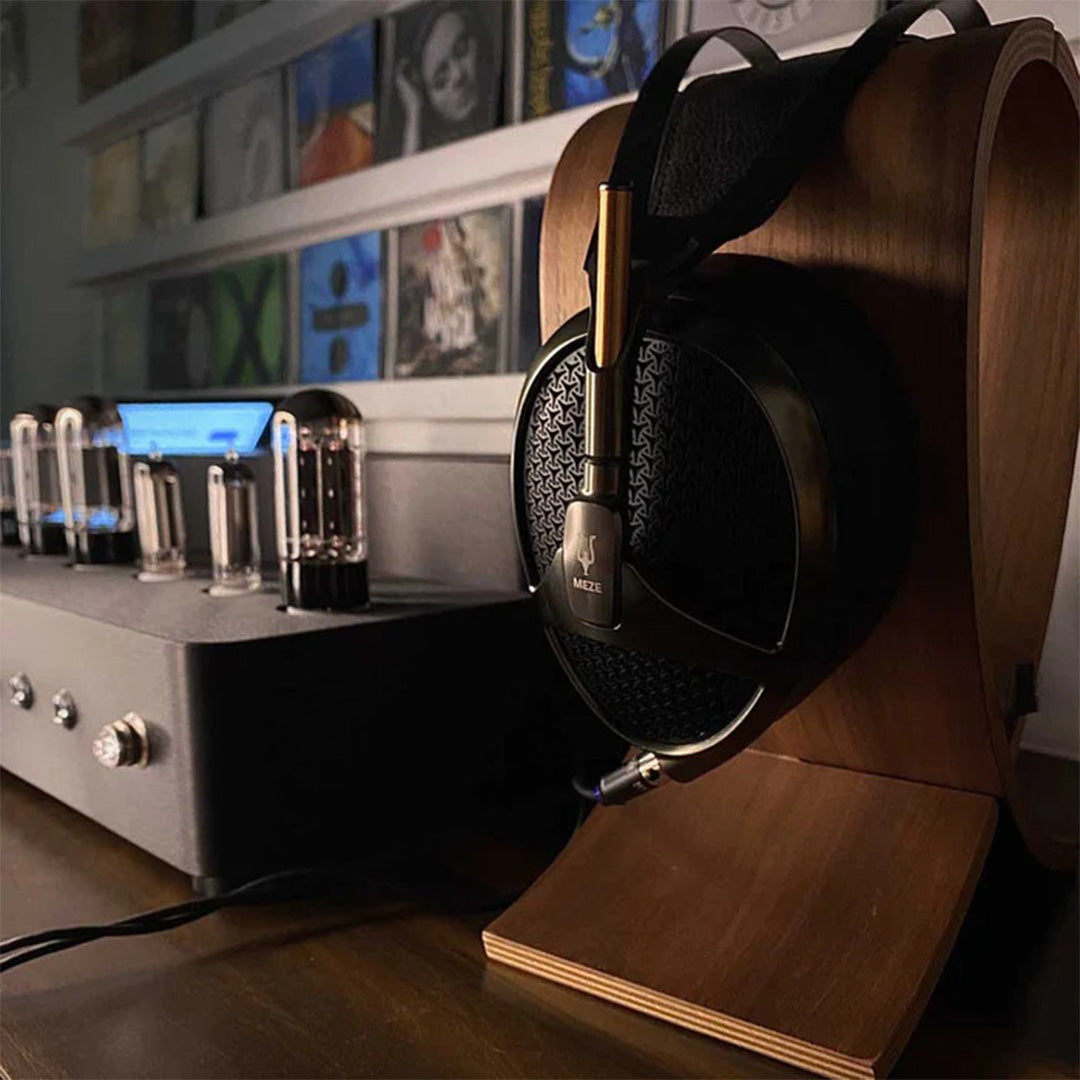
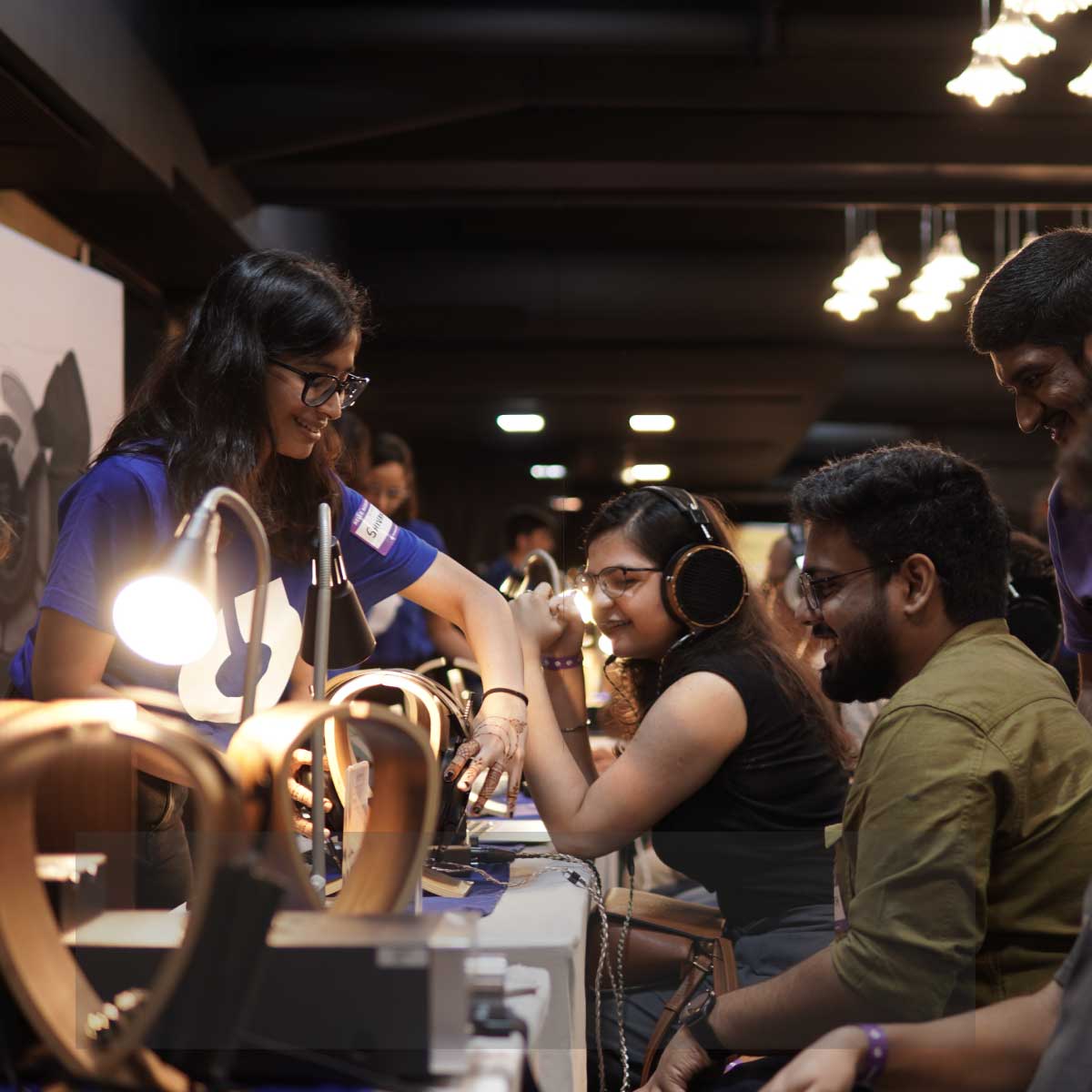


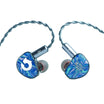


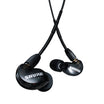
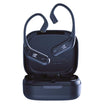
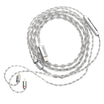
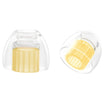

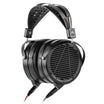
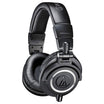
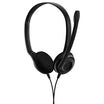
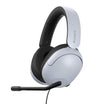
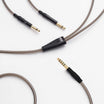
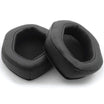
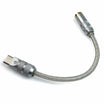
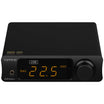
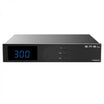
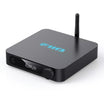


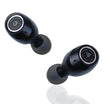
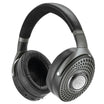

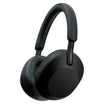
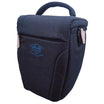
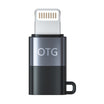
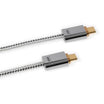
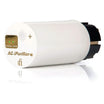
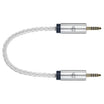
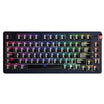
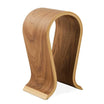
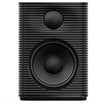
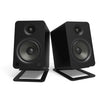
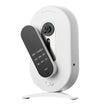
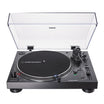


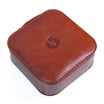
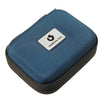


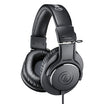
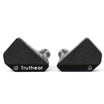
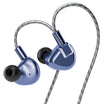

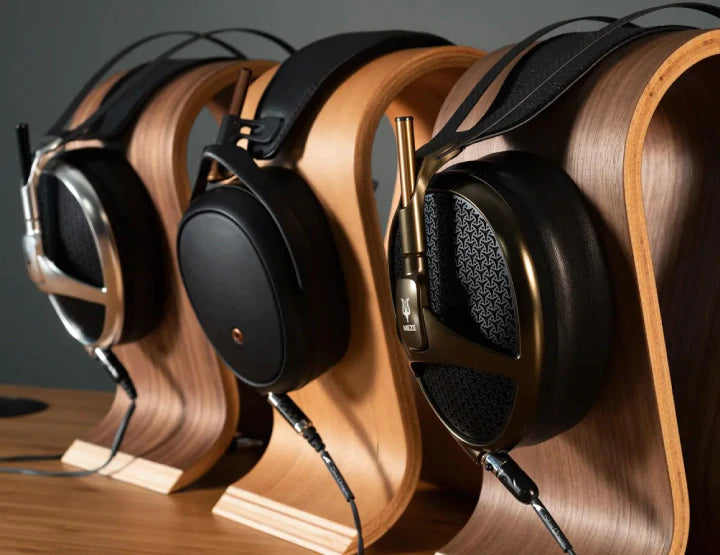
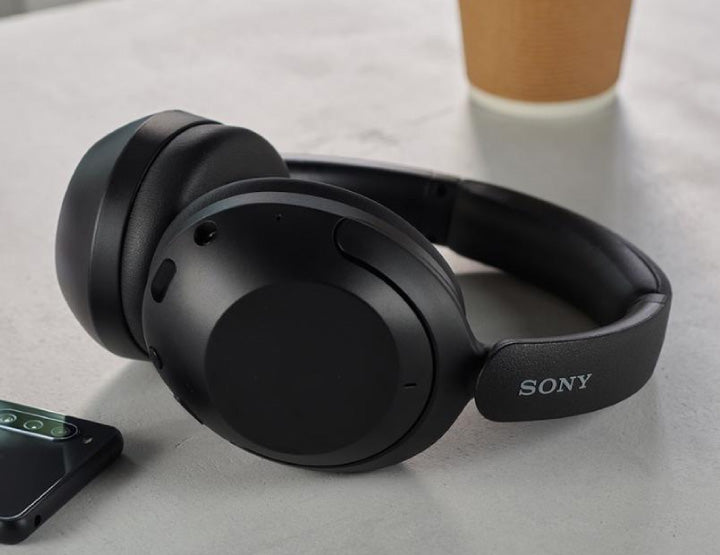
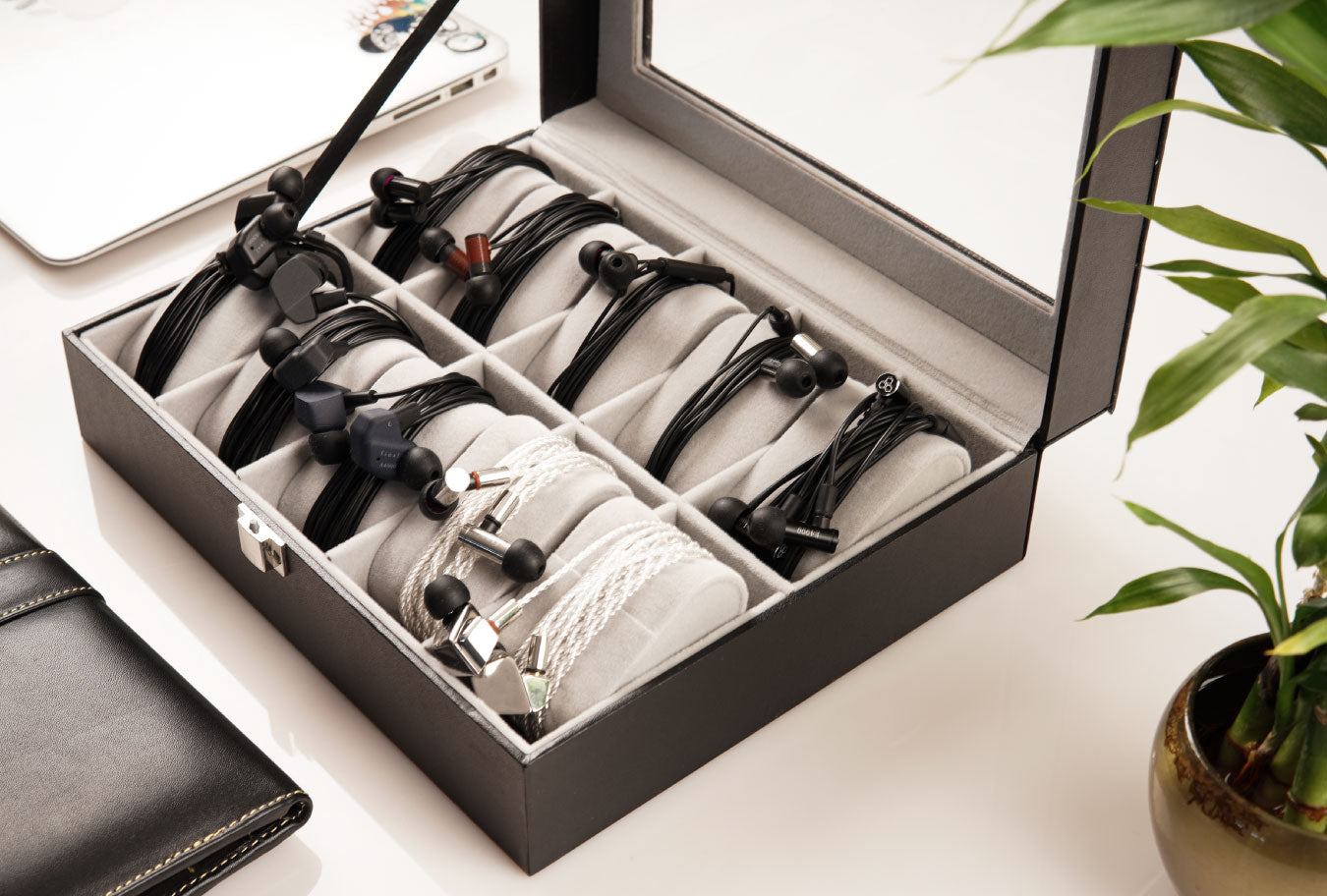
Leave a comment
This site is protected by hCaptcha and the hCaptcha Privacy Policy and Terms of Service apply.